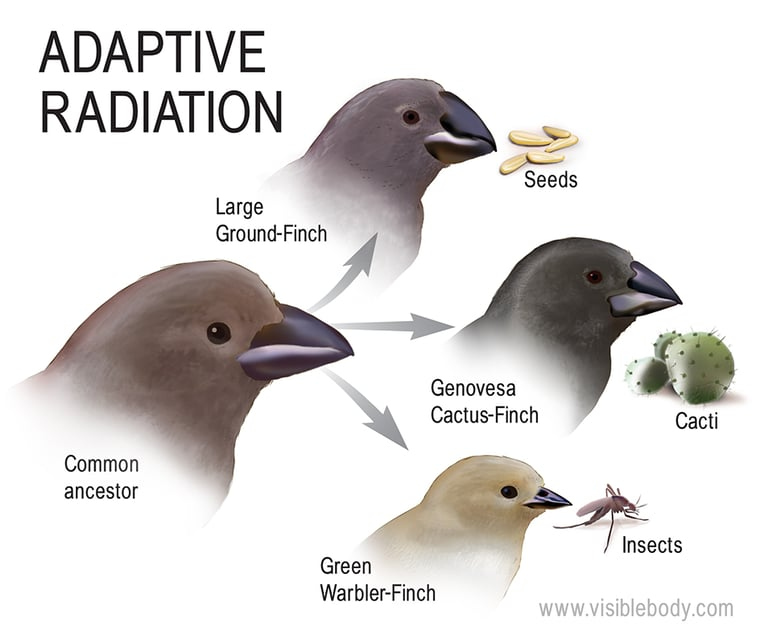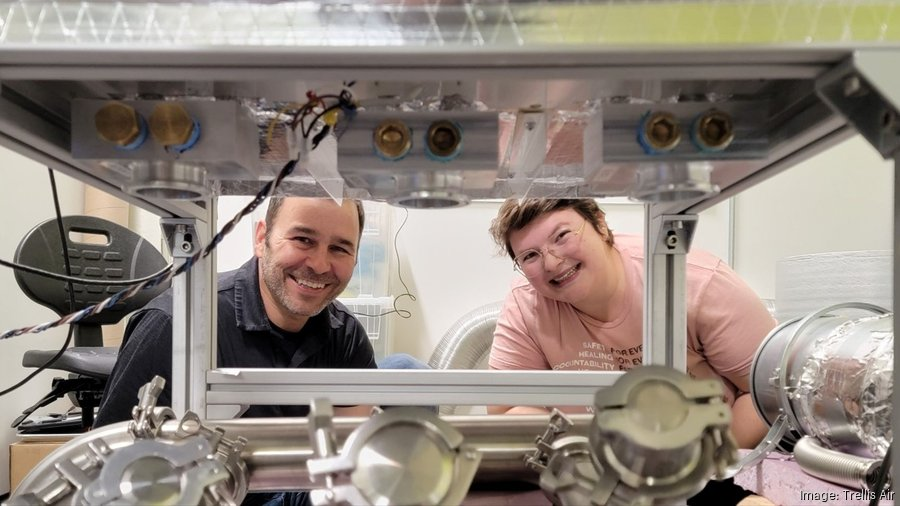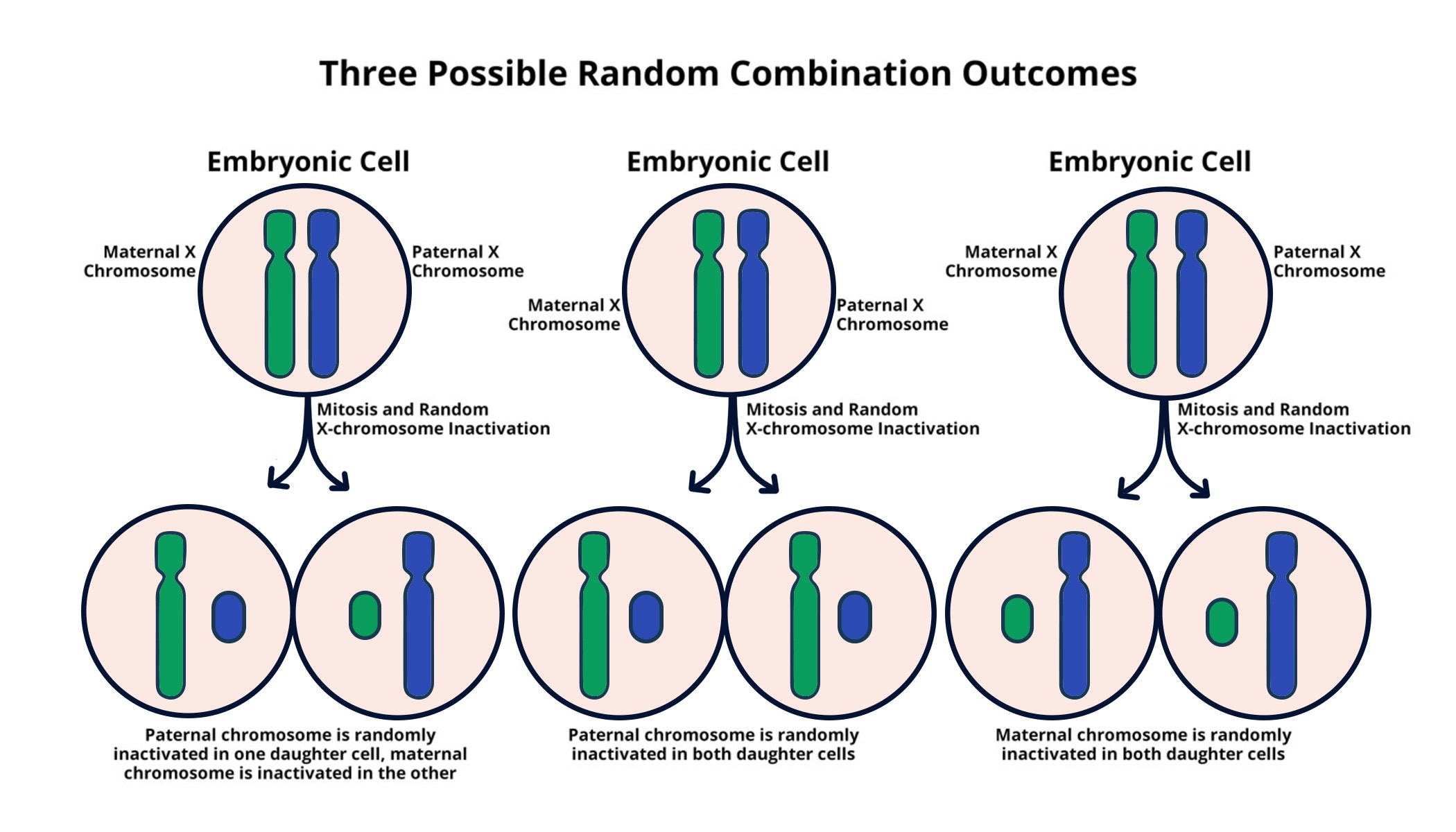
Genetic Adaptation in House Finches: A New Discovery
Genetic adaptation in house finches has emerged as a captivating topic within ongoing house finch research, thanks to a revolutionary pangenomic study revealing significant insights into their evolutionary adaptation. Scientists have discovered a substantial DNA inversion that may hold the key to the birds’ resistance to specific diseases, showcasing the intricate relationship between genetic variation and survival. Through advanced sequencing techniques, researchers are now able to investigate a broader scope of genetic information, moving beyond traditional methods limited to single base pairs of DNA. This innovative approach is shedding light on how house finches have developed resilience against pathogens over time, offering a real-world example of bird disease resistance. As these genetic adaptations continue to be studied, they promise to enhance our understanding of evolutionary dynamics within avian populations, paving the way for deeper insights into the genetics of not just finches but also other species.
The remarkable evolutionary changes observed in house finches provide a fascinating lens through which we can study the adaptive mechanisms of birds. This unique avian species reveals how genetic shifts, particularly large-scale structural variations such as DNA inversions, can facilitate survival amidst rising infectious threats. By examining the intricate genetic codes that have evolved within this population, researchers are capturing the essence of natural selection at work. The house finch serves as an ideal model for understanding coevolution between host species and emerging pathogens, opening pathways to explore disease resistance in a broader ecological context. As scientists delve deeper into the genetic landscape of these backyard birds, they are uncovering critical lessons applicable to the wider study of evolutionary biology.
Understanding Genetic Adaptation in House Finches
Genetic adaptation is a fascinating process that allows species to evolve traits necessary for survival in changing environments. One remarkable example is the house finch, a species that has demonstrated significant resilience against diseases over time. Recent studies have shown that a specific DNA inversion, discovered during extensive genomic research, plays a crucial role in enhancing the house finch’s disease resistance. This genetic variation was uncovered through a pangenomic approach that allows scientists to analyze broader segments of DNA, providing insights that traditional methods may overlook.
The implications of these findings extend beyond mere curiosity; they offer a glimpse into the mechanics of evolution itself. By isolating and analyzing the pangenome of the house finch, researchers like Bohao Fang have been able to trace the evolutionary pathways that have led to increased immunity against pathogens. This kind of research not only deepens our understanding of how genetic adaptation functions but also lays the groundwork for studying similar adaptations in other species, including humans. Such insights are invaluable in the context of emerging infectious diseases.
The Role of Pangenomics in Evolutionary Studies
Pangenomics is revolutionizing the way we study the genetics of living organisms, and its applications in evolutionary biology are particularly noteworthy. This approach, which examines the complete set of genes within a species rather than focusing on isolated examples, has proven critical in understanding the complex genetic adaptations seen in house finches. By providing a more comprehensive overview of genetic diversity, pangenomics enables researchers to identify significant structural variations, such as the DNA inversion found in house finches that contribute to disease resistance.
The advantage of utilizing a pangenomic framework is that it minimizes the bias often introduced by studying single reference genomes. By considering a broader spectrum of genetic information, scientists can uncover previously unrecognized correlations between genetic variation and disease prevalence. This was particularly evident in the study of house finches, where the identification of large-scale DNA changes offered new insights into how this species has adapted to fight off infections over the years—knowledge that could be applicable to understanding human genetic responses to diseases as well.
Evolutionary Adaptation and Disease Resistance
The interplay between evolutionary adaptation and disease resistance is a critical focus in the field of biology. In the case of the house finch, researchers have documented a remarkable evolutionary response to a conjunctivitis-causing pathogen that emerged in the 1990s. This event prompted an intense study of how the species has adapted at a genetic level, revealing important insights into the relationship between genetic variation and disease dynamics. The house finch’s ability to evolve resistance not only showcases the resilience of wildlife but also serves as a model for understanding broader ecological interactions.
By studying the genetic adaptations of house finches, scientists can glean lessons applicable to conservation efforts and public health strategies. This research underscores how species can develop mechanisms to fend off pathogens in the wild, a process that has implications not just for birds but for all living organisms facing similar threats. Understanding these evolutionary adaptations informs efforts to protect endangered species and develop strategies against disease outbreaks that can affect biodiversity.
The Impact of DNA Inversion on Finch Survival
DNA inversions are a specific type of structural variation that can have profound effects on an organism’s fitness. In house finches, this particular genetic alteration appears to bolster their immune response, enabling them to manage infections that could otherwise be detrimental to their survival. The discovery of this DNA inversion through pangenomic studies highlights how significant genetic changes over time can facilitate adaptation to environmental pressures, including disease.
Furthermore, the impact of DNA inversion is not limited to the house finch alone; it represents a broader phenomenon occurring across various species. Understanding how these genetic changes promote disease resistance can provide insights applicable in agriculture and conservation biology. By learning from the genetics of resilient species like the house finch, researchers may develop novel strategies to bolster disease resistance in other animals, including livestock and endangered species.
House Finch Research: A Model for Understanding Evolution
Research on house finches offers a compelling model for investigating evolutionary processes. With their established relationship to human environments, these birds present a unique opportunity to observe evolutionary adaptations in real time. The extensive genomic resources available allow researchers like Bohao Fang to conduct comprehensive studies revealing how genetic variation correlates with disease response, particularly in the context of the challenges posed by pathogens.
Such research contributes significantly to the field of evolutionary biology by providing concrete examples of how species respond to environmental pressures. By analyzing historical data alongside contemporary genetic information, scientists can trace the lineage of adaptations and understand how specific genes confer advantages. This knowledge is critical not only for the comprehension of avian biology but also for contextualizing these processes within the broader scope of evolutionary theory.
Bird Disease Resistance: Lessons from the House Finch
The study of bird disease resistance, particularly in house finches, highlights the importance of genetic adaptation in the face of emerging threats. As the house finch successfully developed resistance to conjunctivitis, researchers have drawn valuable lessons about how species manage and overcome infectious diseases through evolutionary mechanisms. This sheds light on the broader challenges faced by wildlife as they encounter new pathogens in their environments.
Moreover, the findings from house finch research offer insights pertinent to conservation efforts and wildlife management. Understanding the genetic basis of disease resistance can inform strategies for protecting vulnerable populations and mitigating the impacts of diseases that threaten biodiversity. In a world increasingly affected by climate change and habitat loss, these lessons are critical for ensuring the survival of species amidst evolving challenges.
The Future of Population Genomic Studies
The future of population genomic studies is bright, especially with the novel methodologies emerging from research on species like the house finch. The pangenomic approach provides a comprehensive view of genetic diversity, revealing relationships that traditional genomic studies could miss. Such advancements signal a shift towards more holistic understandings of evolutionary biology, where the genetic makeup of entire populations is considered in relation to environmental impacts.
As scientists continue to refine these methodologies, the potential for groundbreaking discoveries increases. The insights gained from house finch adaptations, particularly in terms of disease resistance, can inspire further research not only in birds but across various taxa. Understanding the genetic underpinnings of adaptation will illuminate pathways through which species can navigate the challenges posed by both natural and anthropogenic changes in their habitats.
Exploring the Genetic Mechanisms of Evolution
Unraveling the genetic mechanisms behind evolution allows researchers to explore how specific adaptations arise. In the case of the house finch, the identification of a DNA inversion as a key adaptation to disease offers a profound example of how a minor genetic change can have significant evolutionary consequences. This type of research emphasizes the necessity of examining genomic changes within the context of population dynamics and environmental challenges.
Moreover, exploring these mechanisms provides insight into how genetic adaptations can inform conservation practices. By understanding which genetic traits confer resilience, conservationists can develop targeted strategies to help populations cope with emerging diseases. This research not only enhances our comprehension of the house finch’s struggle against pathogens but also serves as a model for studying adaptation in countless other species facing similar pressures.
Leveraging Molecular Tools for Wildlife Research
Advancements in molecular tools and techniques have revolutionized wildlife research, offering new avenues for understanding genetic diversity and adaptation. The use of pangenomic studies, as seen in house finch research, enables scientists to investigate large swaths of genetic material with unprecedented precision. This technological leap has profound implications for our accuracy in identifying the genetic basis of disease resistance and other adaptive traits.
Leveraging these molecular tools allows researchers to not only study current populations but also to examine historical genetic data that provides context for present adaptations. As methods evolve, the ability to capture a more nuanced view of genetic variation within species will enhance conservation strategies and deepen our understanding of evolutionary biology. This holistic approach can ultimately guide efforts to ensure that vulnerable wildlife can adapt and thrive in rapidly changing environments.
Frequently Asked Questions
What is genetic adaptation in house finches and how does it occur?
Genetic adaptation in house finches refers to the process through which these birds develop heritable traits that enhance their survival in response to environmental pressures, such as diseases. Recent research has highlighted how structural variations in their DNA, like DNA inversions, contribute to evolutionary adaptation, allowing house finches to resist certain pathogens more effectively.
How does pangenomic study relate to genetic adaptation in house finches?
Pangenomic studies facilitate a comprehensive analysis of genetic adaptation in house finches by examining genetic variations across multiple individuals. This approach uncovers significant structural changes in their DNA, such as inversions, which provide insights into how these birds have evolved to combat diseases over time, enhancing our understanding of their evolutionary adaptations.
What role does DNA inversion play in the disease resistance of house finches?
DNA inversion plays a crucial role in the disease resistance of house finches by altering genetic sequences that aid in the birds’ immune response. The recent pangenomic research identified a large DNA inversion that has likely contributed to the house finches’ ability to fend off infections, illustrating an example of evolutionary adaptation in response to disease pressure.
How have house finches adapted to disease over time according to recent research?
Recent research indicates that house finches have adapted to disease through genetic mechanisms such as DNA inversions identified in their genome. By analyzing historical genetic data, scientists have observed how these birds developed immunity to pathogens like the conjunctivitis-causing bacteria, showcasing evolutionary adaptation in action.
Why are house finches considered a valuable model for studying evolutionary adaptation?
House finches are considered a valuable model for studying evolutionary adaptation due to their rapid response to environmental changes, particularly in relation to disease resistance. Their genetic adaptability, observed through pangenomic studies, provides insights into the coevolution of hosts and pathogens, making them a prime subject for understanding how species survive challenges posed by diseases.
What does the research on genetic adaptation in house finches imply for understanding other species?
The research on genetic adaptation in house finches serves as a model for understanding potential adaptive responses in other species, including humans. By investigating how finches have genetically responded to infections without vaccines, scientists can gain clues about the mechanisms of disease resistance that may apply across various organisms, contributing to broader evolutionary insights.
| Key Points | Details |
|---|---|
| Genetic Adaptation | House finches have shown genetic adaptation that aids in disease resistance. |
| Pangenomic Study | The study used a pangenomic approach to analyze genetic information from many specimens. |
| DNA Inversion | A major DNA inversion was discovered that contributes to the bird’s resistance. |
| Evolutionary Response | The research provides insights into how species evolve resistance to diseases without vaccines. |
| Research Implications | Findings may inform understanding of genetic responses in other species, including humans. |
Summary
Genetic adaptation in house finches is a fascinating area of study that reveals how these small birds have developed genomic changes to resist various diseases. Recent research highlights a significant DNA inversion linked to increased immunity, showcasing the effectiveness of pangenomic studies in understanding evolutionary mechanisms. As scientists analyze genetic adaptations in house finches, they gain valuable insights not only into the finch population but also into how other species, including humans, might adapt to infectious diseases over time.









